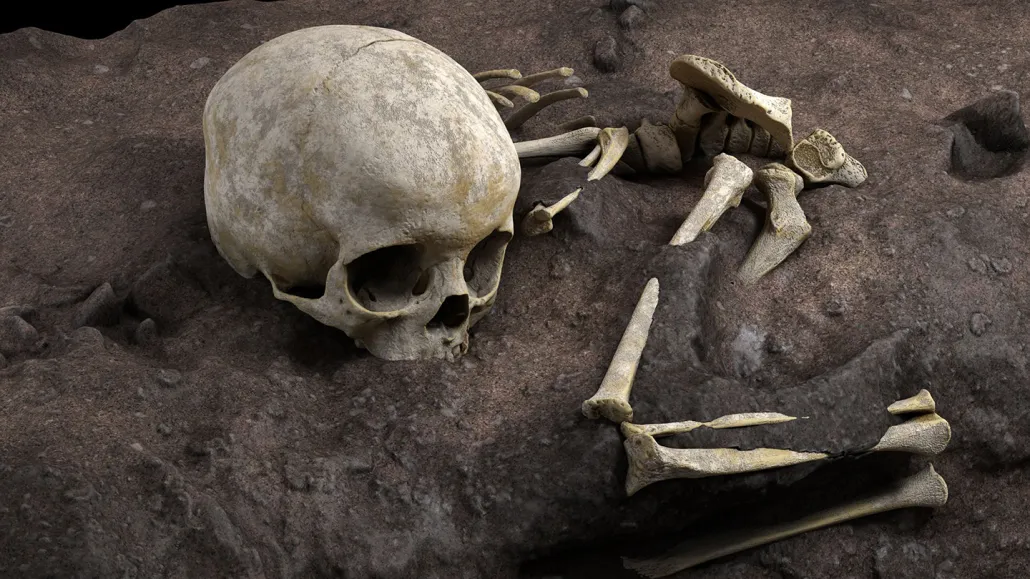A child’s 78,000-year-old grave marks Africa’s oldest known human burial
Excavations at Panga ya Saidi pushed back the ritual’s date at least a few thousand years

This virtual reconstruction shows the original position of a child’s bones in a Kenyan grave dug around 78,300 years ago, making it Africa’s oldest known human interment.
Jorge González, Elena Santos